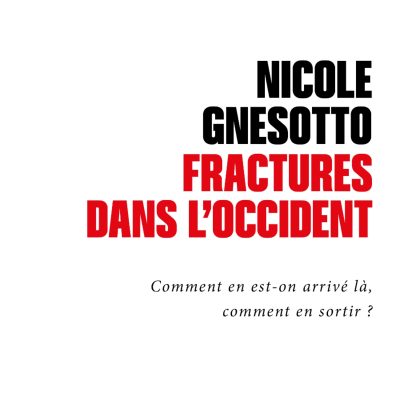Reaction of Giandomenico Majone to Andrew Moravcsik’s article on the collapse of the Constitutional treaty

I agree with many of the points made by professor Moravcsik in his stimulating paper on the lessons to be drawn from the collapse of the European constitutional project. Thus, I share his doubts about the usefulness of the exercise leading to the draft Constitutional Treaty—an exercise in public relations; but also, as Moravcsik notes without elaborating the point, an attempt to reverse the sagging popularity of the Union. I also agree that participation and deliberation do not necessarily generate political legitimacy. They may even generate more dissension; much depends on the type of policy decisions under discussion. As I pointed out some time ago (Majone 1996) deliberation is relevant and important when the problem is to find efficient (Pareto-optimal) solutions, while participation and debate are not only ineffective, but even counterproductive when the issues are redistributive: witness the endless discussions about the Common Agriculture Policy. Again, we both consider the EU’s “democratic deficit” largely a pseudo-problem, based on mistaken analogies and category mistakes (see Majone 2005, and the concluding section of this paper). I do, however, disagree with his optimistic view of the EU’s future— a view which, in my opinion, is not sufficiently supported either by hard economic data or by an adequate analysis of the challenges facing the Union today. It may be true that European institutions face no mortal threat (after all, the Holy Roman Empire lasted one thousand years, until A.D.1806!), but I am not sure that these institutions are stable in the face of any conceivable medium-term pressures for change. Paradoxically, some of the most serious challenges are the (unanticipated?) consequence of decisions taken during the fifteen years since the fall of the Berlin wall—a period which Moravcsik considers the most successful in EU history. I am referring, in particular, to monetary union and to eastern enlargement; as discussed below, certain indirect consequences of these two endogenous shocks could have far-reaching consequences for the future of the Union. Then there are exogenous shocks, such as globalization and the enormous expansion of the services sector.




